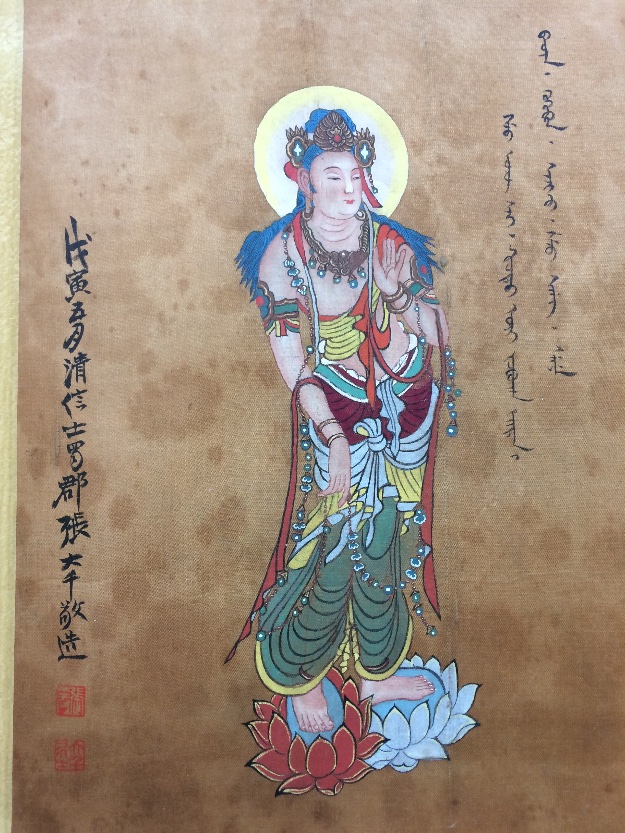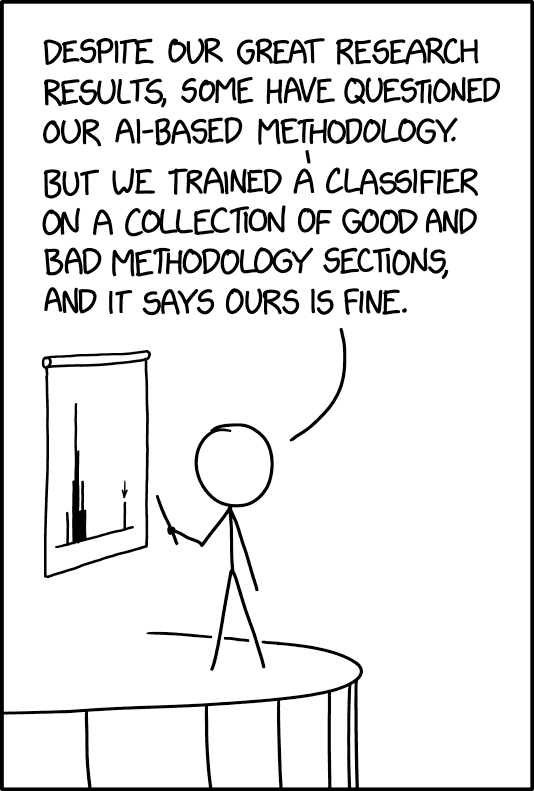Merriam-Webster gives "vaccine" a new definition
Prefatory note: In this post, I take the noun "vaccine" as the basic word under discussion, but also consider other cognate terms ("vaccinate", "vaccination").
Here's a standard dictionary entry for "vaccine":
n.
1. any preparation of weakened or killed bacteria or viruses introduced into the body to prevent a disease by stimulating antibodies against it.
2. the virus of cowpox, used in vaccination, obtained from pox vesicles of a cow or person.
3. a software program that helps to protect against computer viruses.
[1800–05; < New Latin (variolae)vaccīnae cowpox = vacc(a) cow + -īnae, feminine pl. of -īnus -ine]
Random House Kernerman Webster's College Dictionary
(cited)
Read the rest of this entry »




